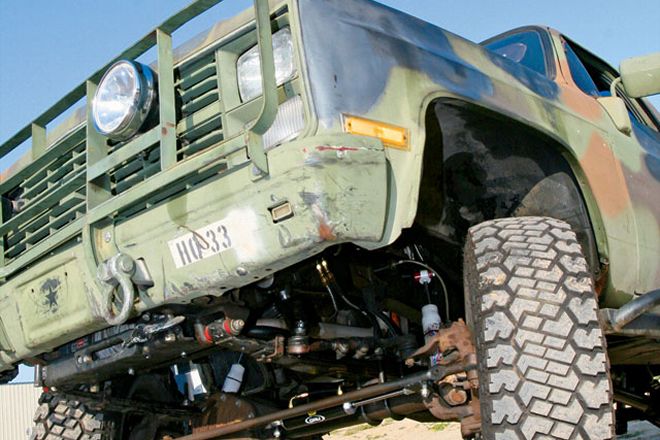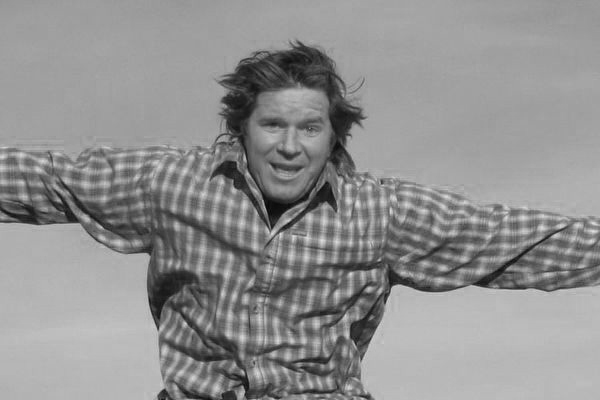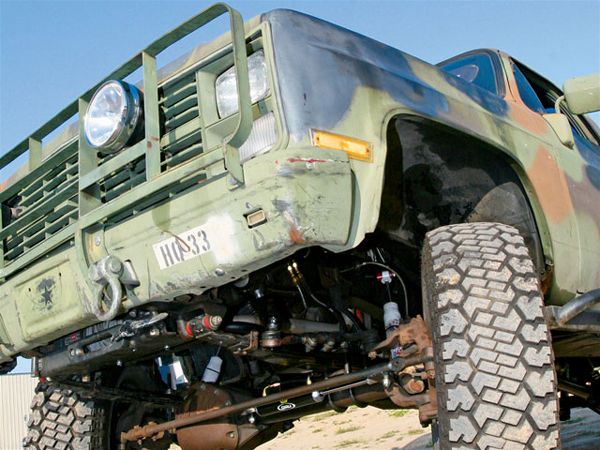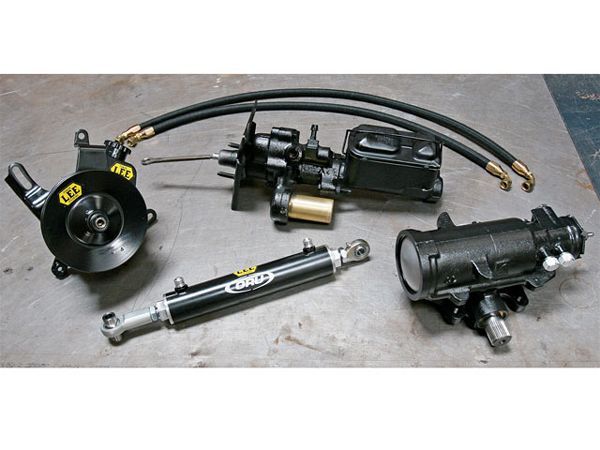
 Fred Williams
Brand Manager, Petersen’s 4Wheel & Off Road
Fred Williams
Brand Manager, Petersen’s 4Wheel & Off Road

If You Can't Stop And You Can't steer your 4x4 then you're in for a dangerous ride, so it's a consensus that the steering and the brakes of your 4x4 are the two most important components. Since these systems can be extremely complex, we always recommend taking your steering and brake components to a professional if you are not 100-percent sure you know what you are doing. To simplify things we'll concentrate on a steering and hydroboost combination system. This is found in many heavy-duty trucks, especially those with diesel engines because they do not require vacuum to boost the brakes. We recently had the power-steering pump, box, and hydroboost system rebuilt on one of our project trucks. We also added a hydraulic ram for steering assist. If you've ever been inside any of these parts then you know how intricate they are, and if you haven't been then this will answer some of the mysteries within your hydroboost steering/stopping system.

This is one area we highly recommend using experts on. A mistake in any of these rebuilds could have deadly consequences because unlike a manual transmission or an axle, these parts are what keep your vehicle from becoming an out-of-control 3-ton chunk of steel hurtling down the trail or highway. We're not saying don't attempt to take your steering components apart, but we would recommend having a pro put them back together.






 PhotosView Slideshow
PhotosView Slideshow











